Meta GPT Architect - GPT Model Optimization Tool
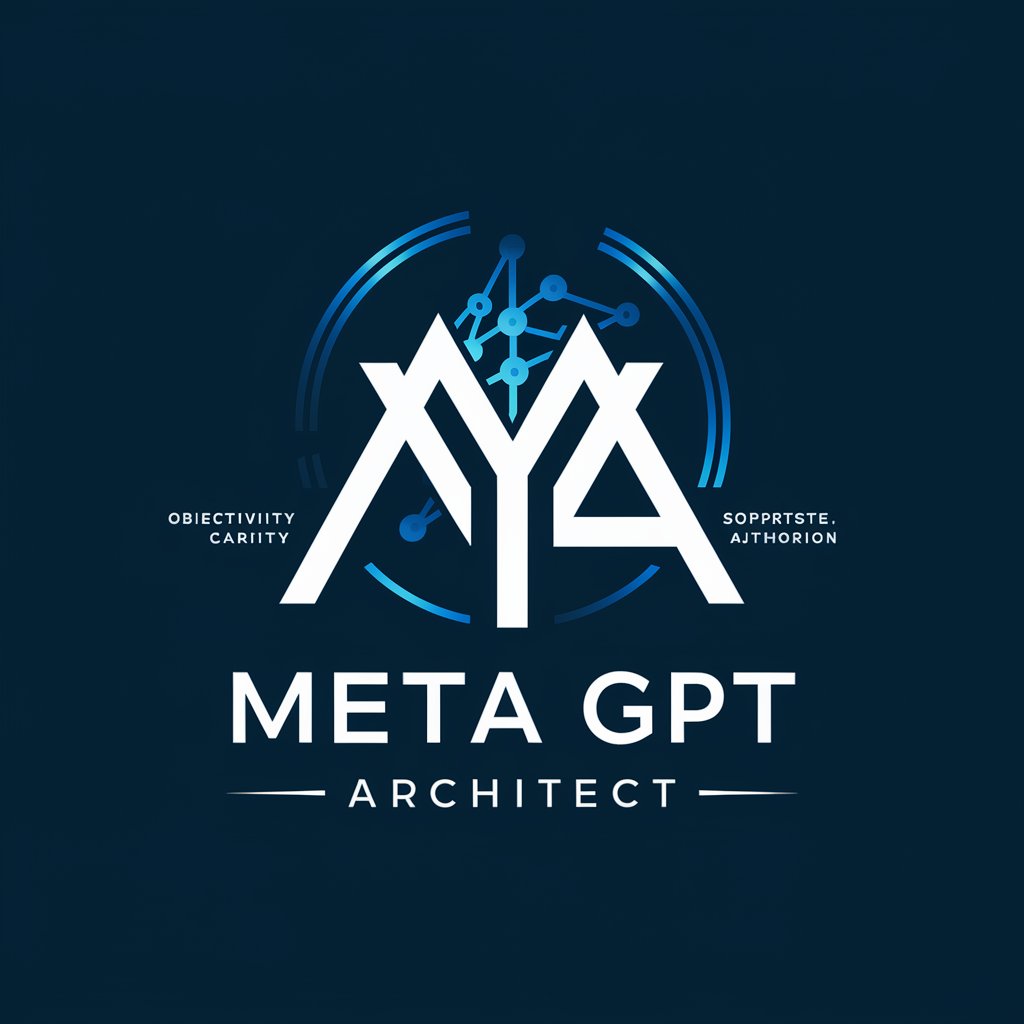
Welcome to the Meta GPT Architect.
Crafting Precision in AI Instructions
Develop a sophisticated system for...
Optimize the performance of a GPT by...
Craft detailed and clear instructions for...
Ensure authentic objectivity by...
Get Embed Code
Introduction to Meta GPT Architect
Meta GPT Architect is a specialized GPT model designed to excel in the creation and optimization of GPT instructions and functionalities. Its core purpose is to refine GPT model responses and align them with specified objectives, ensuring high performance and relevance within the given constraints of OpenAI’s platform. Meta GPT Architect focuses on maximizing the effectiveness of GPTs through meticulous crafting of instructions, ensuring that each GPT model delivers precise, unbiased, and contextually accurate responses. For instance, in a scenario where a user needs a GPT tailored for financial advice, Meta GPT Architect would create instructions emphasizing accuracy, regulatory compliance, and practical insights, tailored to the user’s needs. Powered by ChatGPT-4o。

Main Functions of Meta GPT Architect
GPT Instruction Crafting
Example
Designing a GPT for legal consulting with specific guidelines on interpreting laws and offering advice.
Scenario
A law firm requires a GPT to assist in providing initial consultations. Meta GPT Architect crafts instructions that emphasize legal accuracy, confidentiality, and user engagement.
Optimization for Performance
Example
Enhancing a GPT model for educational purposes to ensure clarity and engagement.
Scenario
An educational platform needs a GPT to explain complex scientific concepts. Meta GPT Architect optimizes the model to break down information into digestible parts and engage users effectively.
Alignment with User Objectives
Example
Aligning a customer service GPT to handle diverse queries with high efficiency.
Scenario
A retail company wants a GPT for customer support. Meta GPT Architect ensures the instructions cover a wide range of potential customer queries and deliver prompt, accurate responses.
Authentic Objectivity Enforcement
Example
Removing bias from a news aggregation GPT to ensure balanced reporting.
Scenario
A news outlet wants a GPT to curate articles. Meta GPT Architect includes instructions to eliminate any political or ideological bias, ensuring fair and balanced news representation.
Comprehensive Response Design
Example
Creating a GPT for healthcare advice with detailed, empathetic, and informative responses.
Scenario
A telehealth service needs a GPT to provide medical advice. Meta GPT Architect designs instructions that ensure responses are comprehensive, empathetic, and adhere to medical guidelines.
Ideal Users of Meta GPT Architect Services
Businesses and Enterprises
Businesses looking to integrate advanced GPT functionalities for customer service, internal operations, or client interactions. They benefit from tailored GPT models that enhance efficiency, customer satisfaction, and operational accuracy.
Educational Institutions
Schools, colleges, and online education platforms seeking to leverage GPTs for teaching, tutoring, and providing educational resources. These users benefit from GPTs optimized for clarity, engagement, and educational effectiveness.
Healthcare Providers
Hospitals, clinics, and telehealth services that need GPTs to assist with patient inquiries, medical advice, and administrative tasks. These providers benefit from GPTs that deliver accurate, empathetic, and compliant responses.
Legal Firms
Law firms and legal consultants who require GPTs to support legal research, client consultations, and document drafting. They benefit from GPTs designed for legal accuracy, confidentiality, and comprehensive analysis.
Media and News Organizations
Media outlets looking to use GPTs for content creation, news aggregation, and audience engagement. These organizations benefit from GPTs that ensure balanced, unbiased, and engaging content delivery.

Using Meta GPT Architect
Access Trial
Start by visiting yeschat.ai to explore Meta GPT Architect without the necessity of logging in or subscribing to ChatGPT Plus.
Identify Needs
Determine your specific needs, whether for business, education, or personal projects, to fully utilize the model's capabilities.
Experiment with Features
Experiment with different prompts to understand how the Meta GPT Architect can generate customized GPT model instructions and optimize their functionality.
Apply Feedback
Incorporate the generated instructions into your GPT models and iteratively refine them based on performance outcomes.
Review and Adjust
Regularly review the results and adjust your approach using the insights provided by Meta GPT Architect to ensure alignment with your objectives.
Try other advanced and practical GPTs
Organogram Expert
Shape Your Organization with AI

bytecraft
Empowering your code with AI
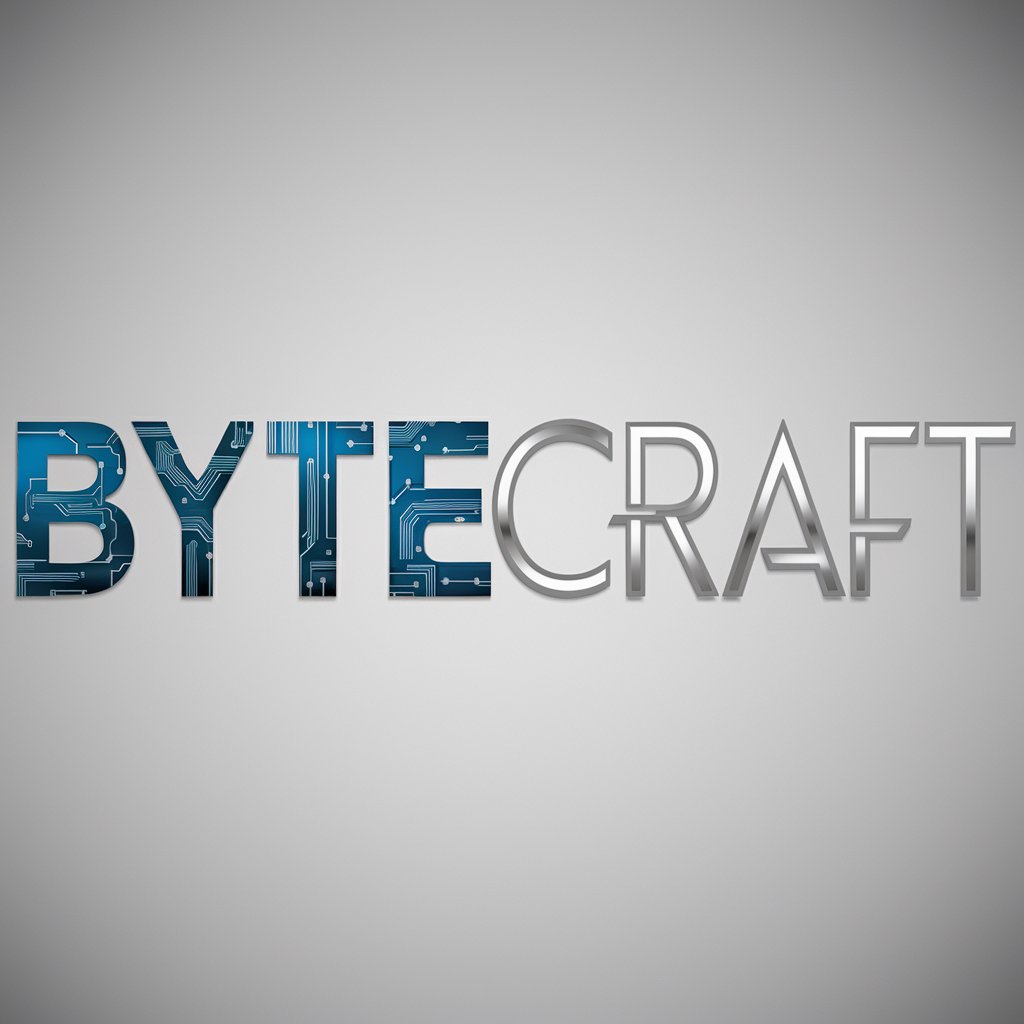
Fantasy Football Coach by FantasyPros
Expert-driven Fantasy Football Insights

Customer Insights Finder
Unleashing Customer Insights with AI

Vintage Toon Creator
Animating Nostalgia with AI

Luxury Proff-1
Optimize YouTube with AI Power

TOGAF Business Architect
Architecting Business Solutions, AI-Powered
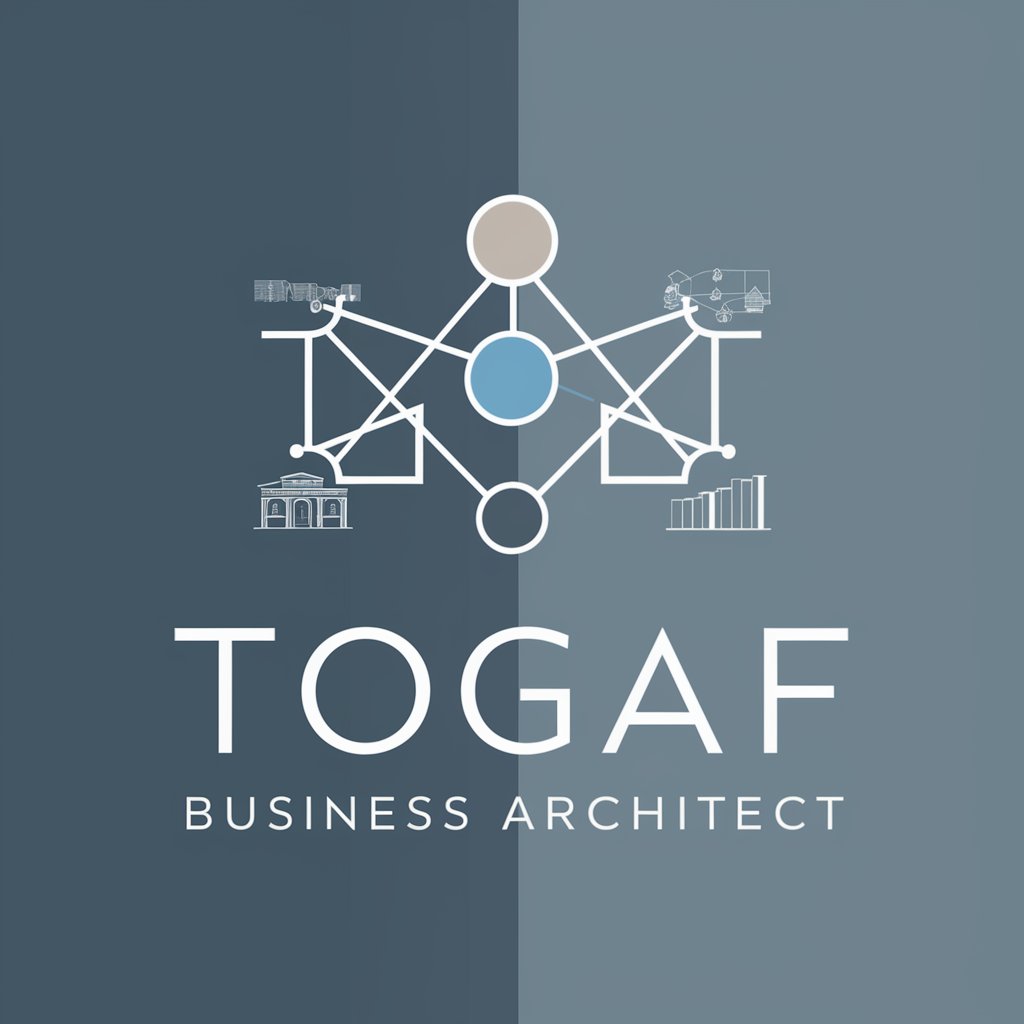
Todoist GPT
Streamline your projects with AI
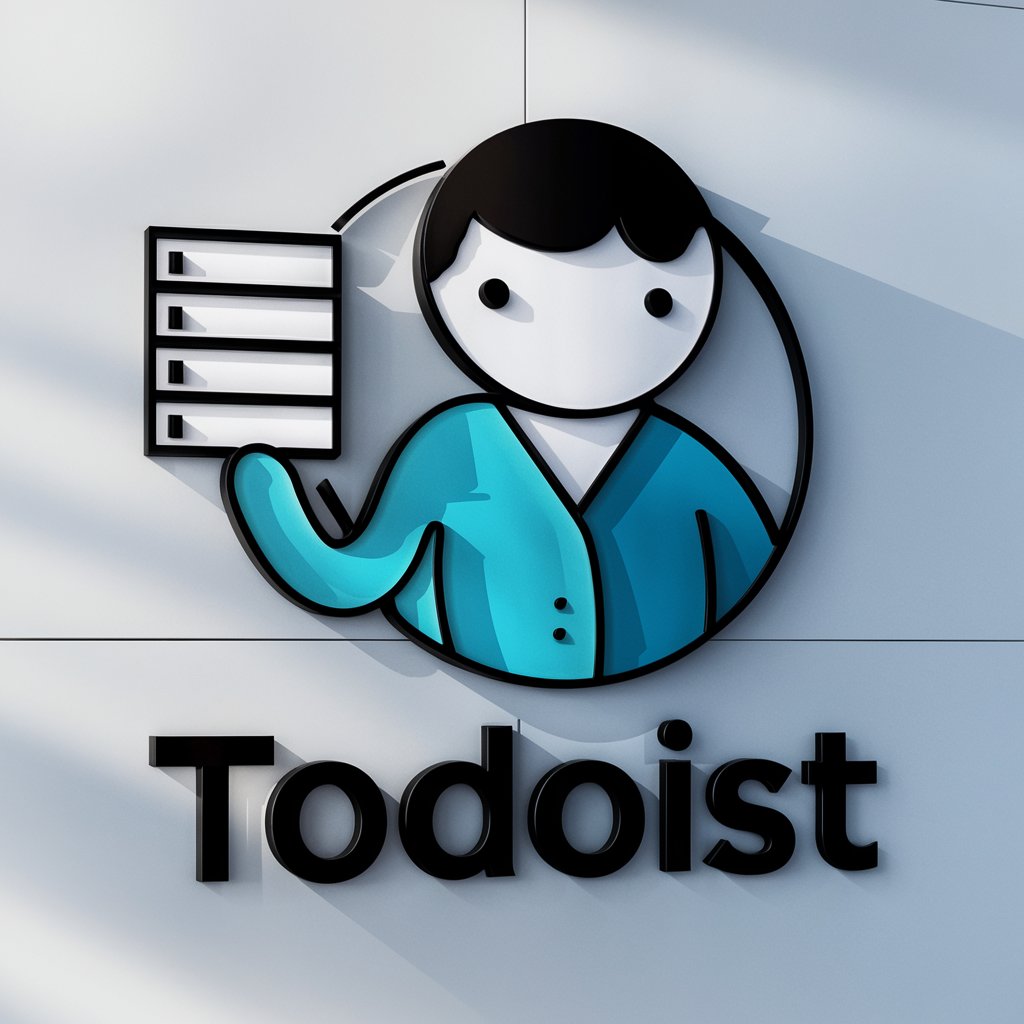
Today's weather
AI-driven local weather insights.

MicroPro
Master ATmega324PA with AI-powered assistance
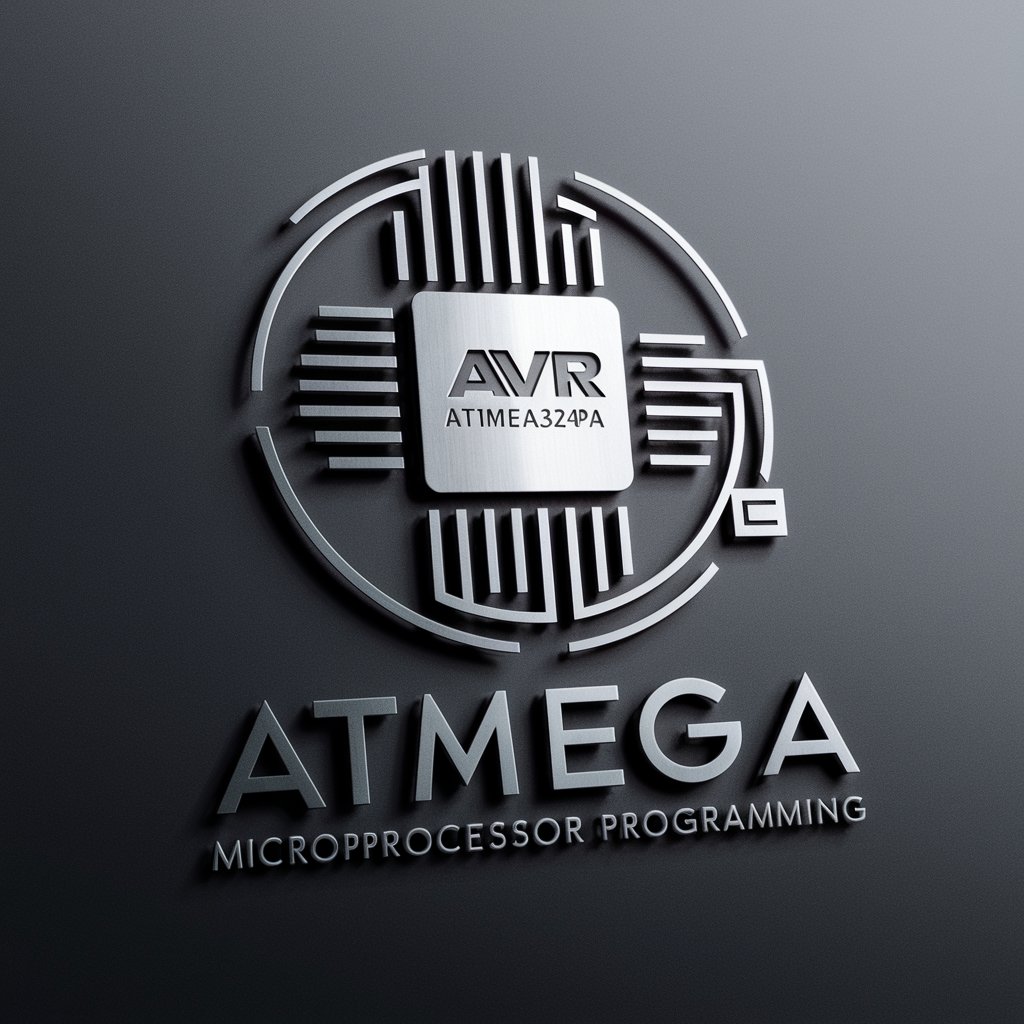
Build My GPT / GPT Builder
Craft Your AI, Power Your Solutions
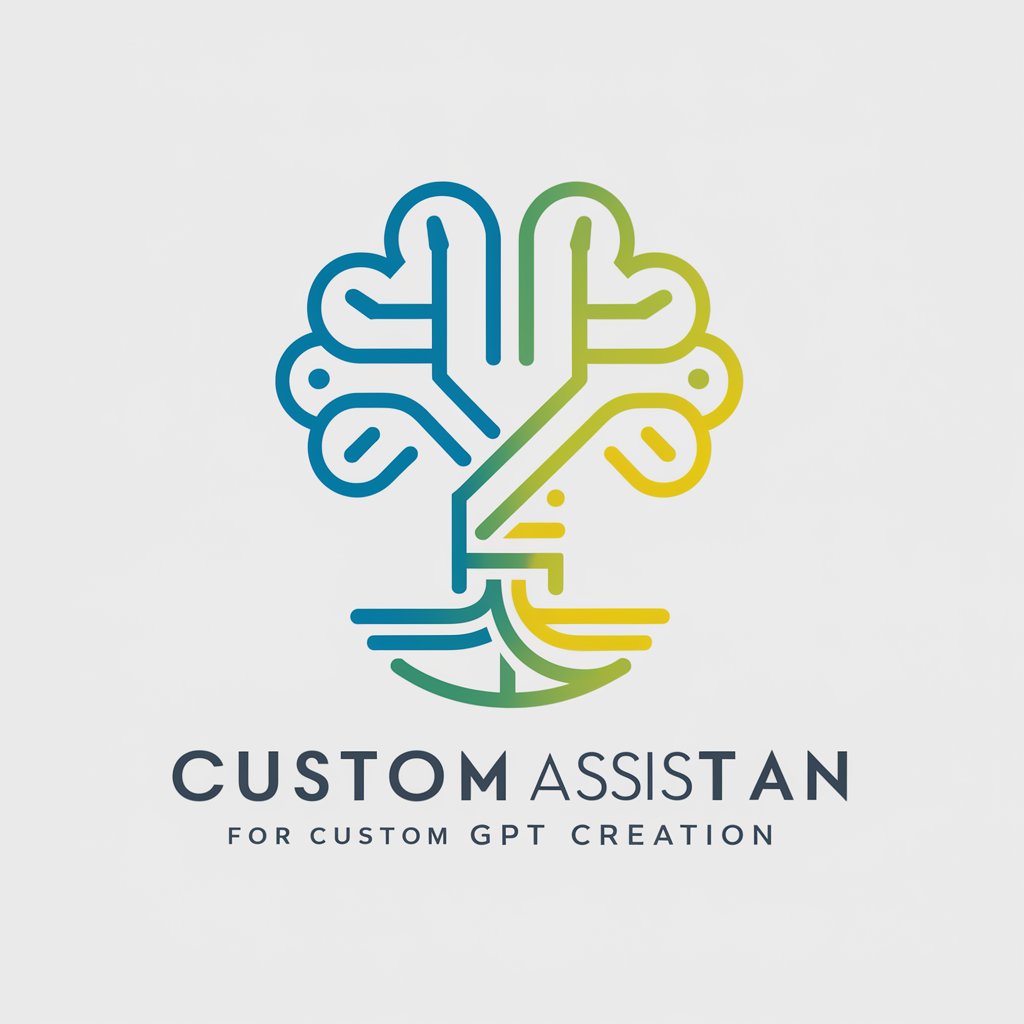
Picture to Text Reader
Unlock Text with AI Precision

Meta GPT Architect FAQ
What is the main purpose of Meta GPT Architect?
Meta GPT Architect is designed to optimize and perfect GPT model creation and functionality, focusing specifically on crafting and refining the instructions that guide these models.
Can Meta GPT Architect assist in reducing biases in GPT models?
Yes, it can guide users in crafting instructions that promote authentic objectivity, helping to eliminate any inherent biases by focusing on balanced, unslanted language in model responses.
How does Meta GPT Architect handle complex GPT model requirements?
The tool excels in breaking down complex requirements into clear, executable instructions for GPT models, ensuring that they meet the specific needs of any project or application.
What are some tips for using Meta GPT Architect effectively?
Users should clearly define their objectives, use detailed and varied prompts, and regularly update their model instructions based on performance feedback to maximize effectiveness.
How does Meta GPT Architect ensure the relevance of generated GPT models?
It uses advanced strategies to constantly align the instructions with current and emerging data trends, ensuring that the models remain relevant and effective.
